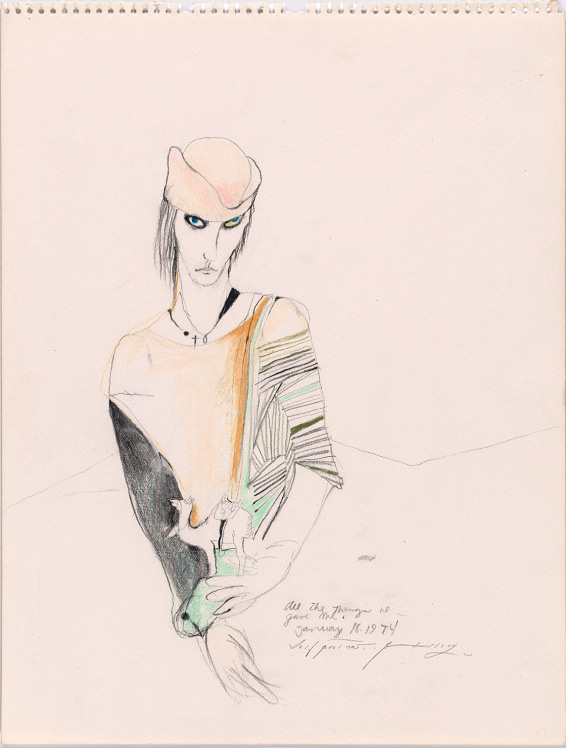A few months before Philaelphia’s Mütter Museum, exercising now familiar COVID-19 precautions, closed its doors to the public, it co-sponsored a parade to honor the victims to the previous century’s Spanish Flu pandemic, as well as “those who keep us safe today.”
The event was part of a temporary exhibition, Spit Spreads Death: The Influenza Pandemic of 1918–19 in Philadelphia.
Another temporary exhibition, Going Viral: Infection Through the Ages, opened in November, and now seems even stronger proof that the museum, whose 19th-century display cabinets are housed in the historic College of Physicians, is as concerned with the future as it is with the past.
For now, all tours must be undertaken virtually.
Above, curator Anna Dhody, a physical and forensic anthropologist and Director of the Mütter Research Institute, gives a brief introduction to some of the best known artifacts in the permanent collection.
The museum’s many antique skulls and medical oddities may invite comparisons to a ghoulish sideshow attraction, an impression Dhody corrects with her warm, matter-of-fact delivery and respectful acknowledgment of the humans whose stories have been preserved along with their remains:
Mary Ashberry, an achondroplastic dwarf, died from complications of a Cesarean section, as doctors who had yet to learn the importance of sterilizing instruments and washing hands, attempted to help her deliver a baby who proved too big for her pelvis. (The baby’s head was crushed as well. Its skull is displayed next to its mother’s skeleton.)
Madame Dimanche is represented by a wax model of her face, instantly recognizable due to the 10-inch cutaneous horn that began growing from her forehead when she was in her 70s. (It was eventually removed in an early example of successful plastic surgery.)
Albert Einstein and the conjoined twins Chang and Eng Bunker are among the household names gracing the museum’s collection.
One of the most recent additions is the skeleton of artist and disability awareness advocate Carol Orzel, who educated the public and incoming University of Pennsylvania medical students about fibrodysplasia ossificans progressiva (FOP), a rare disorder that turned her muscle and connective tissue to bone. She told her physician, Frederick Kaplan, below, that she wanted her skeleton to go to the Mütter, to join that of fellow FOP sufferer, Harry Eastlack… provided some of her prized costume jewelry could be displayed alongside. It is.
Get better acquainted with the Mütter Museum’s collection through this playlist.
The exhibit Spit Spreads Death is currently slated to stay up through 2024. While waiting to visit in person, you can watch an animation of the Spanish flu’s spread, and explore an interactive map showing the demographics of the infection.
h/t Tanya Elder
Related Content:
Take a Virtual Tour of 30 World-Class Museums & Safely Visit 2 Million Works of Fine Art
Take a Long Virtual Tour of the Louvre in Three High-Definition Videos
Ayun Halliday is an author, illustrator, theater maker and Chief Primatologist of the East Village Inky zine. Here latest project is a series of free downloadable posters, encouraging citizens to wear masks in public and wear them properly. Follow her @AyunHalliday.












